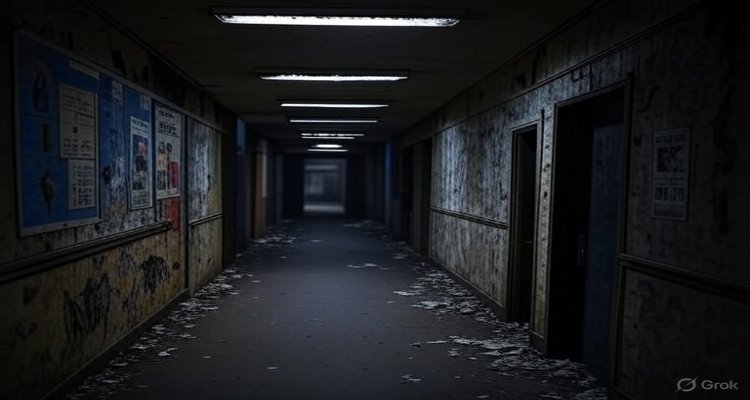The Psychology of Places That Feel Haunted (Even When They Aren’t)
Why do certain places feel haunted even without ghosts? A look into psychology, memory, and human perception that fuels eerie sensations.
Introduction: The Uneasy Feeling in Empty Rooms
You walk into an abandoned house, the air heavy with silence. The floorboards creak, shadows stretch strangely, and a chill runs down your spine. No one is there—yet the place feels alive. Why do some spaces trigger that uncanny sensation of being haunted, even when no paranormal presence exists? Psychologists suggest the answer lies not in spirits, but in the mind.
Context & Background: Where Haunted Feelings Begin
Stories of haunted places date back centuries, from Europe’s medieval castles to America’s Civil War battlefields. Folklore and local legends often transform ordinary spaces into sites of ghostly reputation. Yet beyond the tales, researchers argue that psychological and environmental cues often explain why certain spaces unsettle us.
Dark lighting, cold drafts, or unfamiliar acoustics can prime the brain to anticipate danger. Add in cultural conditioning—films, myths, and urban legends—and our minds create meaning where none exists.
Main Developments: What Really Shapes the “Haunted” Atmosphere
Psychologists highlight several triggers that make locations feel haunted:
- Environmental Factors: Old buildings often have poor ventilation, unusual drafts, and fluctuating temperatures that mimic ghostly “cold spots.”
- Sound Distortion: Creaking wood, echoing hallways, or low-frequency vibrations (infrasound) can create discomfort and even hallucinations.
- Lighting & Shadows: Dim or flickering light can distort perception, making objects appear to move or faces seem to emerge from walls.
- Cognitive Priming: When people expect a location to be haunted, their brains interpret normal sensory input as paranormal.
A 1998 study by psychologist Richard Wiseman found that people consistently reported feeling uneasy in specific rooms of an old theater—not because of ghosts, but due to drafts, acoustics, and suggestive architecture.
Expert Insight & Public Reaction
“Haunted feelings are essentially the brain’s threat-detection system working overtime,” explains Dr. Julia Shaw, a psychologist specializing in memory and perception. “When we are uncertain or fearful, the mind fills in gaps with familiar cultural scripts—ghosts, spirits, or unseen presences.”
Public fascination with haunted houses remains strong, especially during Halloween. Tours of historic prisons, hotels, and mansions thrive on this blend of psychology and folklore. For many, the thrill isn’t about proof of ghosts but about engaging with the primal emotions of fear, suspense, and curiosity.
Impact & Implications: Why It Matters
Understanding the psychology of “haunted” spaces matters beyond folklore. For architects and urban planners, design choices in lighting, acoustics, and layout can influence how safe or eerie a space feels. In mental health, therapists use these insights to explain phobias and anxieties tied to places.
Moreover, the popularity of haunted tourism highlights how storytelling and perception shape local economies. Even without real ghosts, towns profit from the cultural power of the “haunted” label.
Conclusion: Ghosts of the Mind
Whether in crumbling mansions, empty hotels, or forgotten alleyways, the haunted feeling is less about spirits and more about the mind’s sensitivity to its surroundings. Our brains are wired to detect patterns, anticipate threats, and seek meaning in the unknown.
So the next time a place feels haunted, remember: the ghost you sense may not belong to the building at all—it may be a reflection of your own psychology.
Disclaimer : This article explores psychological and environmental factors behind haunted feelings. It does not claim to confirm or deny the existence of paranormal activity.











